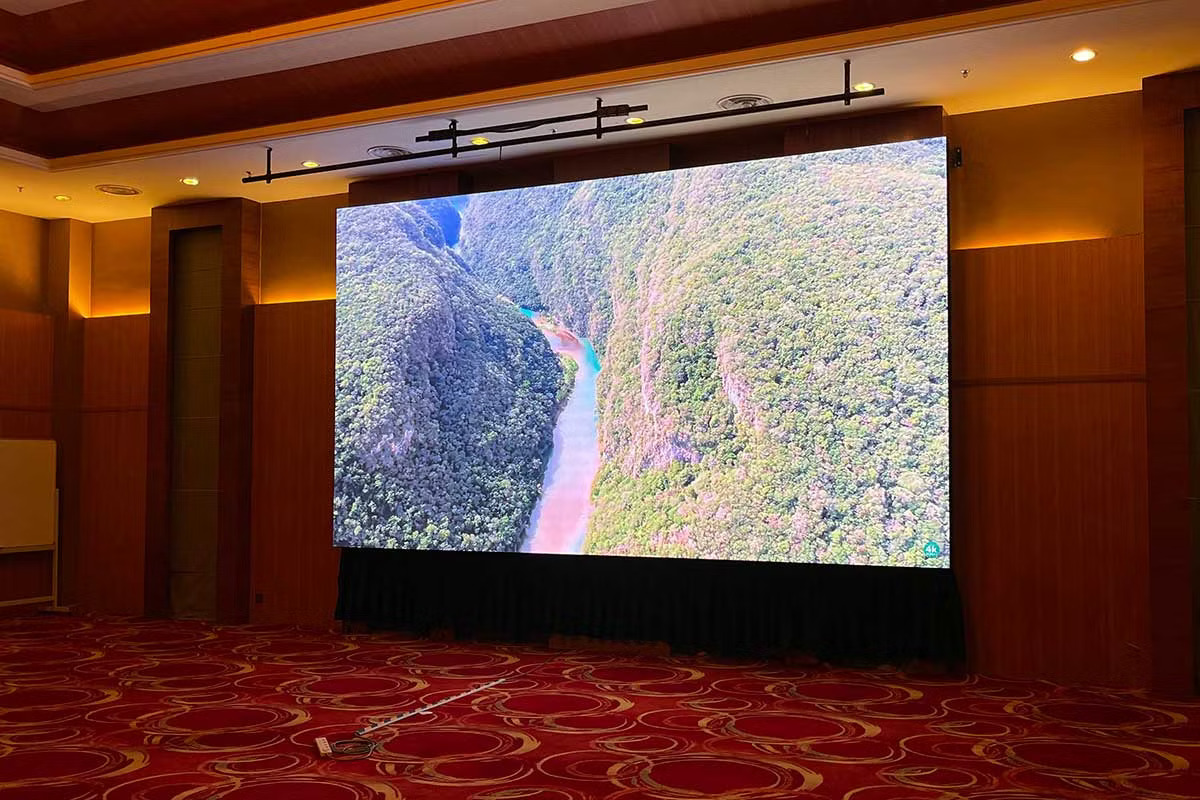The rapid pace of technological advancements has made it increasingly essential for businesses to stay ahead of the curve.Read More
Capital Allowances for High-Impact Technology Investments When a company purchases high-impact technology, such as the HI LED 55 screens, it is likely that the asset will be classified as a capital expenditure. Capital allowances are a critical aspect of the tax implications related to such investments. In the UK, businesses are allowed to claim capital allowances on qualifying capital expenditures, which reduces the amount of taxable profits. This is an important relief for businesses investing in assets that are integral to their operations. For instance, under the Annual Investment Allowance (AIA), companies can claim 100% of the cost of qualifying assets like high-tech displays in the year they are purchased, up to a certain limit. This means that the full value of the HI LED 55 screens can be written off against taxable profits, providing immediate tax relief. The allowance is available for both small businesses and larger enterprises, though the AIA limit may change depending on government policy. Research and Development (R&D) Tax Credits Investing in technology often goes hand-in-hand with developing new products, services, or processes. For businesses focused on innovation, there may be an opportunity to claim Research and Development (R&D) tax credits. These credits are designed to incentivise companies to invest in projects that advance technology or scientific knowledge. If the business is undertaking R&D activities related to the implementation or development of the HI LED 55 screens, they could qualify for R&D tax relief. This applies if the company can demonstrate that the technology is being developed or enhanced in a way that involves overcoming technical uncertainties. R&D tax credits can provide a significant reduction in a company’s tax liability or even generate a cash payment, making this a valuable tax incentive for businesses investing in cutting-edge technology. VAT Considerations on HI LED 55 Screens Value Added Tax (VAT) is another important consideration when investing in technology. Businesses purchasing assets like HI LED 55 screens are generally able to reclaim VAT on the purchase price, provided the business is VAT-registered. This can significantly reduce the upfront cost of the technology, effectively lowering the overall expenditure and improving cash flow. However, businesses should keep accurate records and ensure that the screens are used for business purposes to reclaim VAT. It is also important to remember that VAT rules can change depending on the specific circumstances of the business and the nature of the technology. For example, if the HI LED 55 screens are used for personal or non-business purposes, VAT recovery may not be permitted. Companies should seek advice from a tax expert to ensure that VAT is correctly accounted for in line with current legislation. Depreciation and Ongoing Tax Considerations Once the HI LED 55 screens are installed, businesses must also consider depreciation. Over time, the value of these screens will decrease as newer models emerge and as the technology becomes outdated. For tax purposes, businesses can apply depreciation to the asset’s value, which allows them to spread the cost over the asset’s useful life. This depreciation can be used to reduce taxable income in subsequent years. The method and rate of depreciation may vary, depending on the asset’s expected life and industry standards. For instance, businesses may choose to depreciate the screens over a period of several years based on the expected useful life. Alternatively, if the screens are classified as assets under the low-value pool, a simplified method of depreciation may apply. Other Tax Reliefs and Considerations In addition to the primary tax reliefs, there are various other tax incentives businesses can explore when investing in high-impact technology. For instance, businesses that operate in certain sectors or locations may qualify for specific grants or reliefs aimed at promoting innovation and economic development. It is important for businesses to conduct thorough research into available tax reliefs or consult a tax professional to maximise the financial benefits of investing in technology. Furthermore, businesses should be mindful of changes in tax regulations, as tax laws related to technology and digital assets are constantly evolving. Keeping up with new tax codes and seeking professional advice can ensure that businesses remain compliant and optimise their tax position. Conclusion Investing in high-impact technology, such as the HI LED 55 screens, offers numerous tax opportunities and incentives. Capital allowances, R&D tax credits, VAT considerations, and depreciation are just a few of the important tax implications businesses should consider when making such investments. By taking advantage of these reliefs, businesses can reduce their tax liability and gain a financial edge in a competitive market. However, careful planning and professional advice are crucial to ensuring compliance and maximising the tax benefits associated with technological investments.





